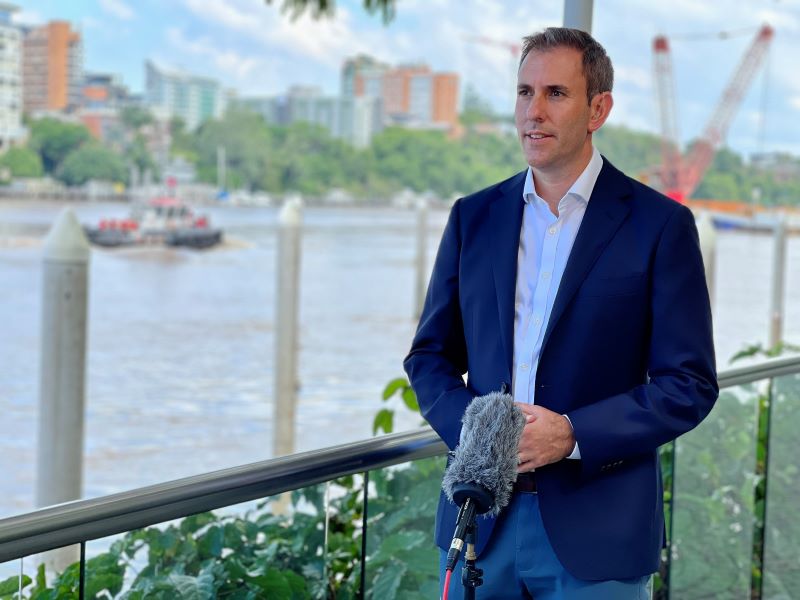Treasurer Jim Chalmers on Monday unveiled a roadmap for reshaping Australia’s labour market to take advantage of changing population, technologies, climate and geopolitics, starting with an upgrade of tertiary education.
Skills are the immediate focus, with the government backing a new ‘passport’ of qualifications, more funding for TAFE and an apprenticeship like model of training at higher qualifications.
The new plan includes an extra $41 million in funding to for tertiary education to double higher apprentices in the energy sector and the care and digital economies.

Dr Chalmers released the Employment White Paper, Working Future, at the Tonsley Innovation District in Adelaide, noting it was only the third time since the Second World War that a national government had set out such a wide-ranging employment plan.
“If we get this right, if we get the right working future for people in our economy, then that will give us every chance of making this a defining decade, a decade that we can look back and be proud that we took the sorts of steps which are outlined in this white paper,” Dr Chalmers said.
The government is seeking to gear up a labour already at historic low unemployment for future challenges so it can deliver “sustained and inclusive full employment”, distinct from the more narrow non-accelerating inflation definitions used by Treasury and the Reserve Bank.
Sustained meaning minimising economic volatility while keeping employment as close as possible to the current maximum level consistent with low and stable inflation. Inclusive meaning reducing barriers and discrimination, and reducing structural underutilisation over time.
Dr Chalmers said the government’s sustained and inclusive employment goal can compliment the Reserve Bank’s goal of bringing down inflation while keeping unemployment as low as possible.
The government wants to do this while growing wages, filling skill gaps, turning around Australia’s productivity slump, and lowering barriers to employment.
The paper, which is built on last year’s Jobs and Skills Summit, identifies labour dynamism as a key part of growing wages, with the Albanese government backing a National Skills Passport as the first step in new plan.
The government will fund a business case and consultation for the passport with $9 million but is already bullish on the idea, which was first launched by the Coalition before the election and backed by the tech sector at last year’s summit.
The passport would likely combine a person’s qualifications across VET and higher education to more effectively demonstrate their skills to employers and potentially make changing jobs and retraining easier.
The government has also topped up the existing $325 million funding for TAFE Centres of Excellence with another $31 million to launch up to six new centres, where TAFE and universities work together to deliver training. The centres are set to be included in the new five-year National Skills Agreement with the states to be struck next year.
Another $10 million has been allocated to develop higher and degree apprenticeships, where vocational qualifications are combined with paid employment.
“More and more people are going to need a bit of both [TAFE and University education],” Education minister Jason Clare said.
“It’s not just the one course you do at TAFE or the one course you do at university. It will involve rescaling and upskilling as well. So that all gets added on. That’s why the idea of a skills passport is important as well. So that you can list where you went to school, what your qualification was, [be it] TAFE qualification, university qualification, micro-credentials, workplace learning, all in the one place.”
Do you know more? Contact James Riley via Email.

